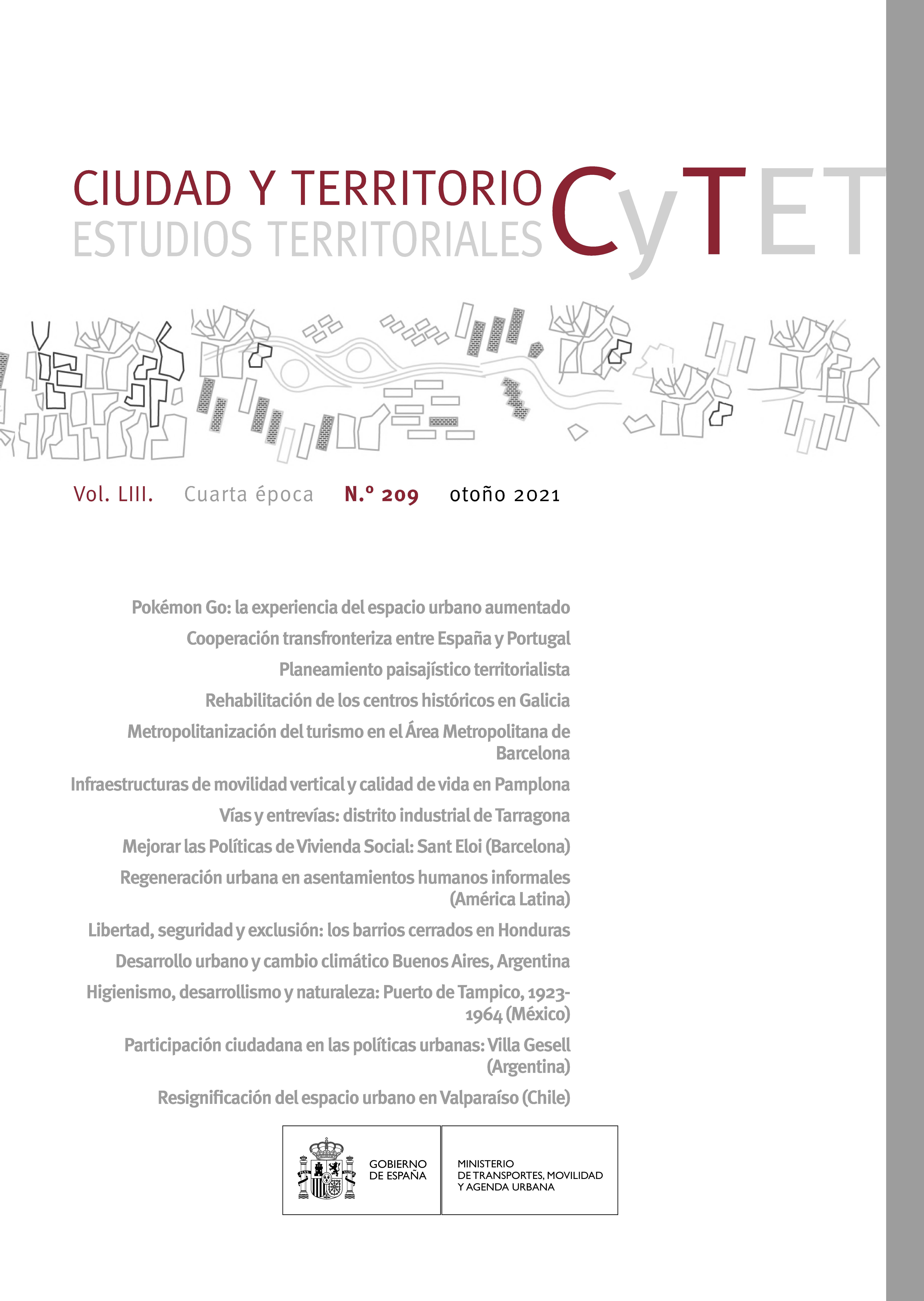Pokemon Go: the experience of augmented urban space
DOI:
https://doi.org/10.37230/CyTET.2021.209.01Keywords:
Pokémon, Video game, Virtual space, Spatial design, Urban spaceAbstract
The first Pokémon video game was published in 1996. 20 years later Pokémon Go was released, and it was a huge success and a social phenomenon because -thanks to augmented reality- Pokémon Go modified the use of urban space in an unprecedented way so far. This work analyses how Pokémon could make the leap from a Japanese role-playing game to a mobile application with more than 11 million users daily, and how that change is based on the importance that Pokémon gives to space and the interaction with it. In turn, this spatiality is supported by three characteristics of the game: giving players the role of space explorer, dissolving the fine line between the virtual world and the material world and developing the game for mobile devices gradually more integrated into the reality of the player. This evolution of Pokémon, linked to space, exemplifies and anticipates a nascent virtual game-urban space relationship.
Downloads
Published
How to Cite
Issue
Section
License
Copyright (c) 2021 Aida Navarro Redón

This work is licensed under a Creative Commons Attribution-NonCommercial-NoDerivatives 4.0 International License.
Considering the provisions of the current legislation on Intellectual Property, and in accordance with them, all authors publishing in CyTET give -in a non-exclusive way and without time limit- to the Ministry of Transport, Mobility and Urban Agenda the rights to disseminate, reproduce, communicate and distribute in any current or future format, on paper or electronic, the original or derived version of their work under a Creative Commons Attribution-NonCommercial-NoDerivative 4.0 license International (CC BY-NC-ND 4.0), as well as to include or assign to third parties the inclusion of its content in national and international indexes, repositories and databases, with reference and recognition in any case of its authorship.
In addition, when sending the work, the author(s) declares that it is an original work in which the sources that have been used are recognized, committing to respect the scientific evidence, to no longer modify the original data and to verify or refute its hypothesis. Author(s) also declare that the essential content of the work has not been previously published nor will it be published in any other publication while it is under evaluation by CyTET; and that it has not been simultaneously sent to another journal.
Authors must sign a Transfer of Rights Form, which will be sent to them from the CyTET Secretariat once the article is accepted for publication.
With the aim of promoting the dissemination of knowledge, CyTET joins the Open Journal Access (OA) movement and delivers all of its content to various national and international indexes, repositories and databases under this protocol; therefore, the submission of a work to be published in the journal presupposes the explicit acceptance by the author of this distribution method.
Authors are encouraged to reproduce and host their work published in CyTET in institutional repositories, web pages, etc. with the intention of contributing to the improvement of the transfer of knowledge and the citation of said works.








 Enlace a CyTET en Linkedin
Enlace a CyTET en Linkedin